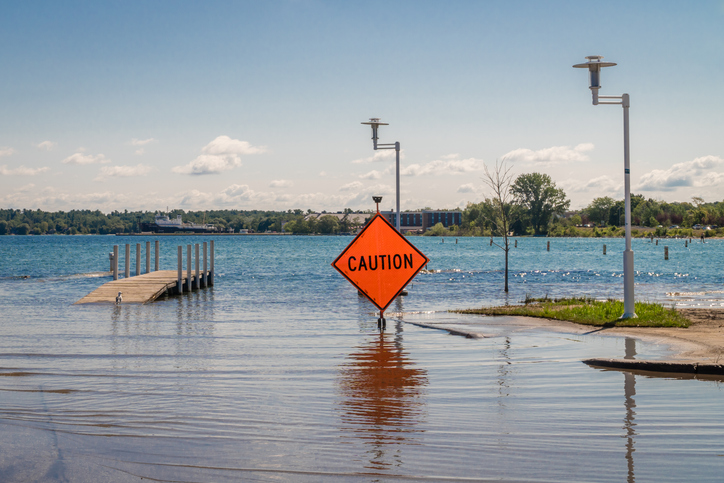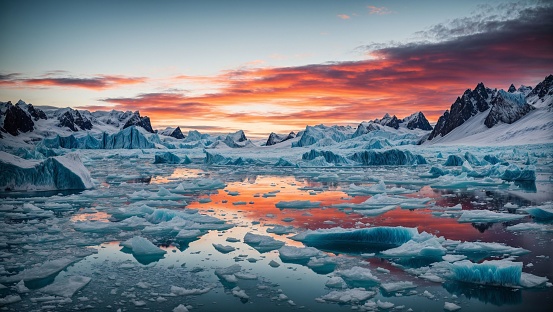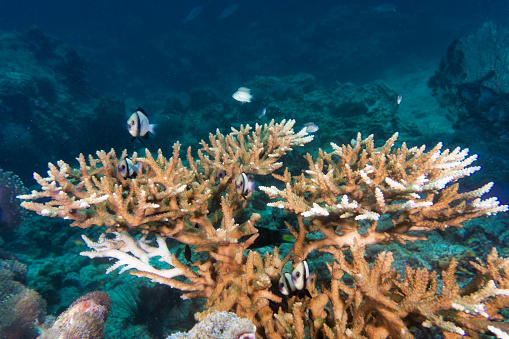The view of this first Starfish Barometer reveals that the Ocean is undergoing rapid and alarming changes, marked by record heat, rising seas, widespread species decline, and threatened major ecosystems. More than ever, these impacts underscore the urgent need to protect and restore the health of our Ocean.




